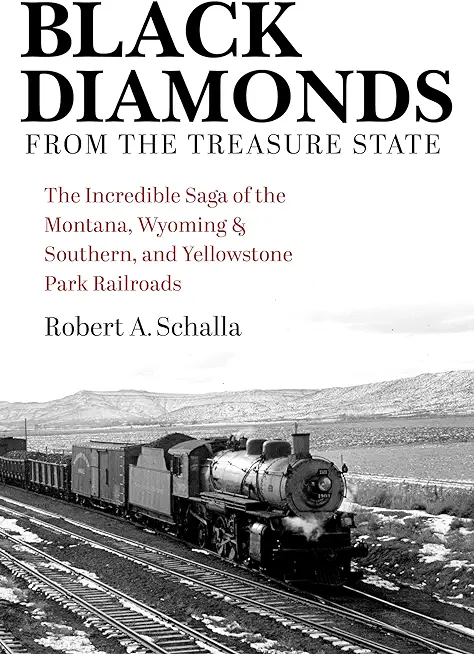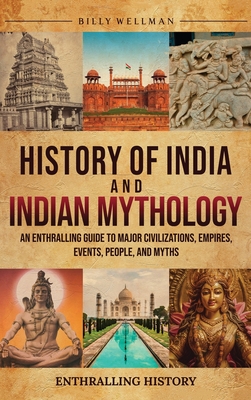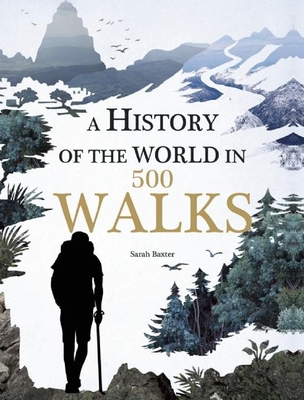
Schalla, Robert A.
product information
description
roads played a crucial role in the development of Montana's economy. Robert A. Schalla examines early efforts to bring rail transport to the New World Mining District near the northeast corner of Yellowstone National Park and Red Lodge-Bear Creek Coal Field in south-central Montana. The saga began with a chance discovery in 1866 and follows the exploits of individuals who worked to bring rail transport to the mines of southern Montana.
Starting with Northern Pacific's unsuccessful efforts to build a railroad through Yellowstone, this story follows the struggles of various privately financed schemes to develop the vast mineral wealth of these two regions. A youthful entrepreneur from Milwaukee succeeded in financing a railroad to the coal fields, but his plan to extend the line to the national park runs afoul of Howard Elliott, president of the Northern Pacific, who was determined to drive him out of business. The story dives into the motivations and background of these individuals and their ultimate triumphs and failures.
The completion of the Montana, Wyoming & Southern Railroad (MW&S) in 1906 resulted in the creation of three new towns and six separate mining operations. The MW&S was one of the few privately owned lines in Montana that, despite forces aligned against it, maintained its independence until it was abandoned. For nearly fifty years it formed an important part of the state's economy as the Bear Creek mines supplied private, commercial, and industrial consumers with some of the highest-quality coal in the state.
Starting with Northern Pacific's unsuccessful efforts to build a railroad through Yellowstone, this story follows the struggles of various privately financed schemes to develop the vast mineral wealth of these two regions. A youthful entrepreneur from Milwaukee succeeded in financing a railroad to the coal fields, but his plan to extend the line to the national park runs afoul of Howard Elliott, president of the Northern Pacific, who was determined to drive him out of business. The story dives into the motivations and background of these individuals and their ultimate triumphs and failures.
The completion of the Montana, Wyoming & Southern Railroad (MW&S) in 1906 resulted in the creation of three new towns and six separate mining operations. The MW&S was one of the few privately owned lines in Montana that, despite forces aligned against it, maintained its independence until it was abandoned. For nearly fifty years it formed an important part of the state's economy as the Bear Creek mines supplied private, commercial, and industrial consumers with some of the highest-quality coal in the state.
member goods
No member items were found under this heading.
Return Policy
All sales are final
Shipping
No special shipping considerations available.
Shipping fees determined at checkout.







